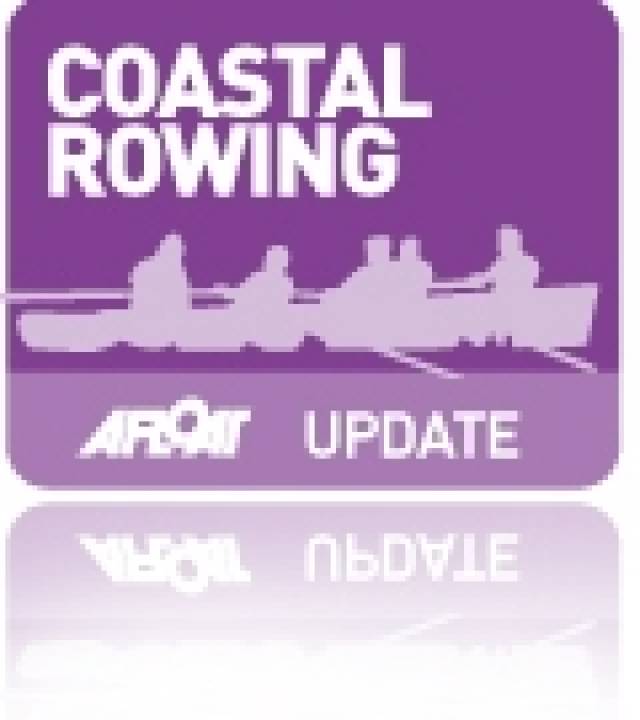#COASTAL ROWING: The third annual Dublin Currach Regatta will take place on Saturday, the 4th of July, between the iconic bridges and in the heart of the city on the river Liffey.
Sponsored by Dublin Port Company and Dublin City Council, this is the third year that the east coast has the privilege of hosting a currach regatta included in the national currach racing league. This year the annual Dublin currach regatta will take place for the first time ever on the river Liffey in the heart of Dublin city centre.
Following many years of forging contacts between east coast currach rowers and teams on the west coast of Ireland, this is the first year that the western teams will come to Dublin to compete in a championship fixture.
Currach racing teams from Donegal, Kerry, West Clare, The Aran Islands, Connemara and Galway will attend. Both women’s and men’s crews will be competing as well as the traditional mixed crew race, Fear agus Ban. The races will feature qualifying heats following on to senior men’s and women’s finals as well as mixed crew racing.
All races will take place between 11:00 a.m. and 16:30 and the heats and competition can be viewed all along the Liffey quays right up to the Jeanie Johnston for the duration of the regatta.


About The Author
Liam Gorman
Liam Gorman is a writer and reporter. He is the co-author of Little Lady, One Man, Big Ocean, published in the United States and Canada as Crossing the Swell. He is the rowing correspondent of the Irish Times.
We've got a favour to ask
More people are reading Afloat.ie than ever thanks to the power of the internet but we're in stormy seas because advertising revenues across the media are falling fast. Unlike many news sites, we haven’t put up a paywall because we want to keep our marine journalism open.
Afloat.ie is Ireland's only full–time marine journalism team and it takes time, money and hard work to produce our content.
So you can see why we need to ask for your help.
If everyone chipped in, we can enhance our coverage and our future would be more secure. You can help us through a small donation. Thank you.
























































